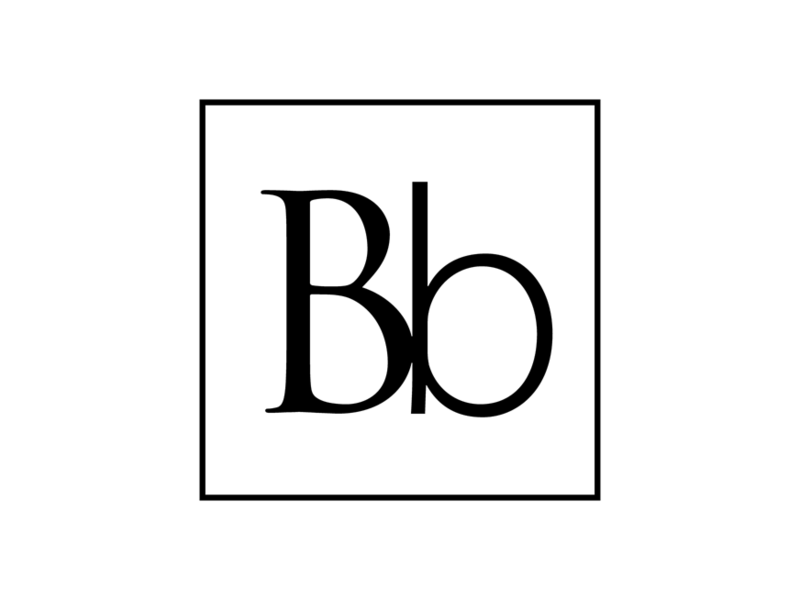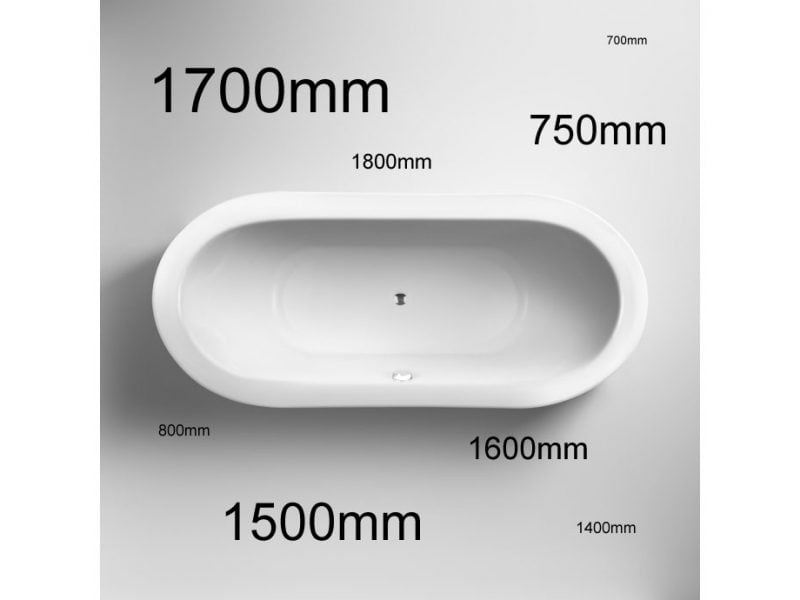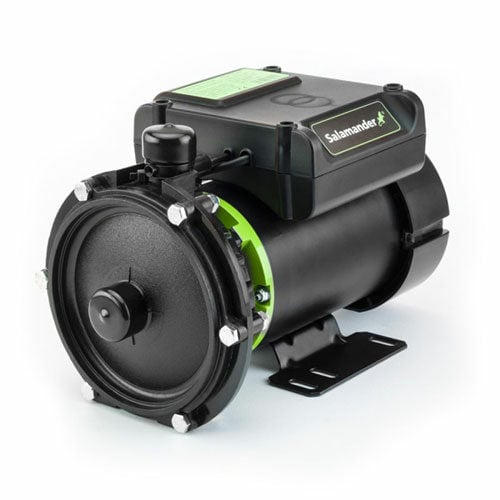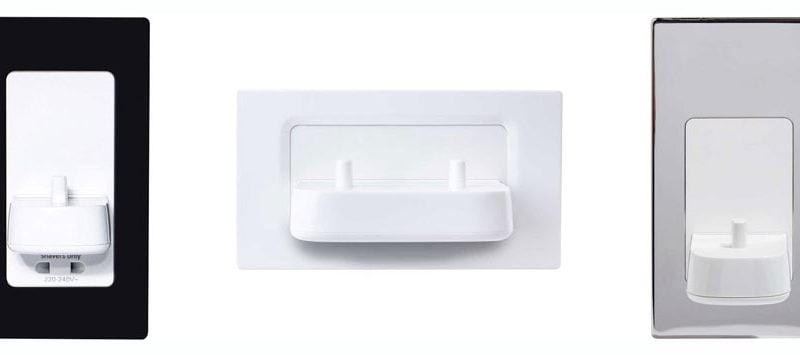Common Toilet Problems: How to Fix Them
If there’s one appliance that you want to be working well, it’s your toilet! The implications of an improperly working toilet are too unappealing to even consider. But say that this is the situation you find yourself faced with. We are here to quickly walk you through how to get your bathroom toilet flushing and functional again as quickly as possible – after all, this isn’t an issue you want to drag on for longer than necessary! Follow our tips to resolve those common toilet problems so your bathroom is working perfectly in no time.
Common Toilet Problems:
How to Fix a Toilet Flush
More often than not, a hard obstruction will be obscuring your toilet and preventing it from flushing. To find it and get rid of it once and for all, you will need to remove the toilet and take a look from underneath. It is possible to do so yourself but if you have any doubts, its best to contact a plumber who can take care of things for you. They’ll find it a relatively fast job. After all, they are professionals and can tackle such routine matters easily and for a small fee. Sometimes that fee is worth the peace of mind it affords and at least you know the job will be done right. All sorts can be stuck down your toilet – previous owners and small children can have a lot to answer for!
Assessing the Problem
Give the toilet a flush and see what happens. Does nothing happen at all or does the toilet swirl but give up halfway? Swirling is indicative that the water in the tank is not entering the bowl quickly enough. If you put 1-1/2gal of water in a bucket and pour that into the bowl you may be able to get the toilet flushing though you’ll have to make sure that the lines under your toilet can tolerate it. Again, if unsure, contact a plumber. By using a small mirror, you will be able to locate the holes where the water enters into the bowl. This can easily become caked with debris which you can clear out using a drill bit. The flush diaphragm may be split – part of the toilet syphon which is the most popular flushing mechanism. The more you flush, the bigger the split gets and sometimes it just needs replacing. This can be a DIY job for those with a bit of toilet know-how, but otherwise just ask a professional.
Clogged vents can leave a lot to be desired! Again, you’ll want to check that these haven’t been swamped with scum causing your toilet to refuse to flush. A broken toilet is an enormous task indeed. Perhaps no room in the house is quite as practically necessary as the toilet so when it starts to malfunction, it can induce a fair bit of panic! Nasty noises and unsightly overflowing aside, it can be pretty easy to sort out common toilet issues. This definitive guide will help you diagnose the issue and see to it that the problem can be set straight with a bit of DIY.
How to Fix a Broken Toilet
Running Toilets
Firstly, check the water is at the water line in the tank. Not having enough water in there will cause the toilet to run constantly. Check the water valve is on all the way, and if not turn it on fully. By removing the top of your toilet tank, you should see a floating arm which you can lift. If, once you lift the arm, the water flow stops, then you’ll realise that the issue is the tank water is not rising high enough to turn off, so the pipes are overcompensating with more water hence the overflowing. This can be a problematic issue as the accumulated water wastage can be huge. Check to see if the floating arm is misaligned and make sure that when you flush the toilet, it does not catch.
Ballcock Assembly
Identify early on whether or not you have a sealed plastic ballcock or a metal ballcock. Unscrew the floating arm after you have turned off the mains water supply (of course) and flushed the toilet. You can remove the entire assembly from the overfill tube and remove unsatisfactory assemblies, replacing them with newer, more effective items, should their predecessors be worn or broken.
Broken Seats
Not all toilet malfunctions are internal. Some are highly obvious! Broken or cracked seats are quite common and luckily, not too serious. You can easily remove the old seat and checking to see where the seat and lid connect to the bowl. From them on you can replace your old broken item with a brand spanking new seat. You’ll just need to make sure that you select the right size and get installing! There are certain words that will strike fear into the heart of many a man or woman; my toilet’s blocked. Always bound to happen at the worst possible time, it might not be a great job but someone’s got to do it and if you’re reading this then that someone is probably you. You don’t need to invest in a plumber if you don’t mind getting your hands dirty. Instead, you can spare the cash and take matters into your own hands. It’s not a glamorous job but hey, it’s got to be done!

How to Fix a Blocked Toilet
Handy tips to start
Look the part. You’ll need sanitary rubber gloves to eradicate exposure to any germs. Paper your floor to minimise the impact if your toilet ends up overflowing. Air the room out with an open window or ventilation to ensure you get a bit of breathing space from noxious chemicals.
Assesing the Blockage
-
-
- You may be able to see the cause of the obstruction. In which case, if you’re lucky, you can effortlessly remove it pretty quickly.
- Clogged Toilets
-
As always, you’ll want to shut off your water supply before you get to work. Have a plunger to hand and ensure that it is large enough to cover the opening located at the very bottom of your bowl. Add a few cups full of water to the bowl as required and keep plunging. Secure the suction cup onto the opening at the bottom of the bowl and develop an even, forceful pump. You will hear a gurgling sound in the pipe and the build-up of pressure. You can try to flush now to see if the issue is rectified. If the toilet begins to overflow, just shut off the water supply before it can!
Removing the Blockage
- Easing the obstruction can be made possible by pouring a pot or half a bucket of hot tap-water from a great height into the bowl. The power of water poured from a height enables it to erode the clog or sometimes, clear it entirely. Don’t opt for boiling water as this can crack porcelain and leave you with more problems than you started with.
- Plunging an obstruction can be a great work out (hey, we have to make light of this somehow). Large plungers let you use more force which may be necessary. You want the plunger to be big enough that you can comfortably fit it into your toilet without getting it stuck. Develop a firm and slow motion and add water if necessary to lubricate the process.
Alternative Solutions
- If plunging isn’t doing the trick and the obstruction is near the surface, you can use a wire coat hanger as an alternative. The narrow nation of the coat hanger means that you can snake it into the tube to loosen the obstruction.
- A wet-dry vacuum can be a godsend. Whatever you do, don’t use a normal vacuum cleaner. Only a wet-dry vacuum can cope with water.
- If you have time to wait, you can let your toilet soak overnight using an enzymes product. This item will only work on organic matter clogging your toilet so if the cause of your troubles is known to you and happens to be a child’s toy or hairbrush, this won’t help! Prepping the mixture, this will break down pesky matter blocking your toilet. You can also use trusty old baking soda.
Hope our handy guide has helped with your common toilet problems so your bathroom suite can return to its full function! Let us know any handy tips you have to resolve the above toilet problems by tweeting us @BellaBathrooms.







